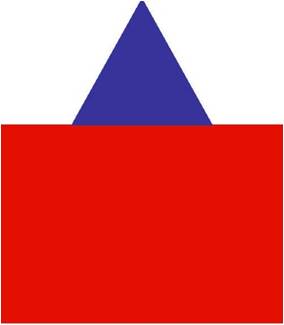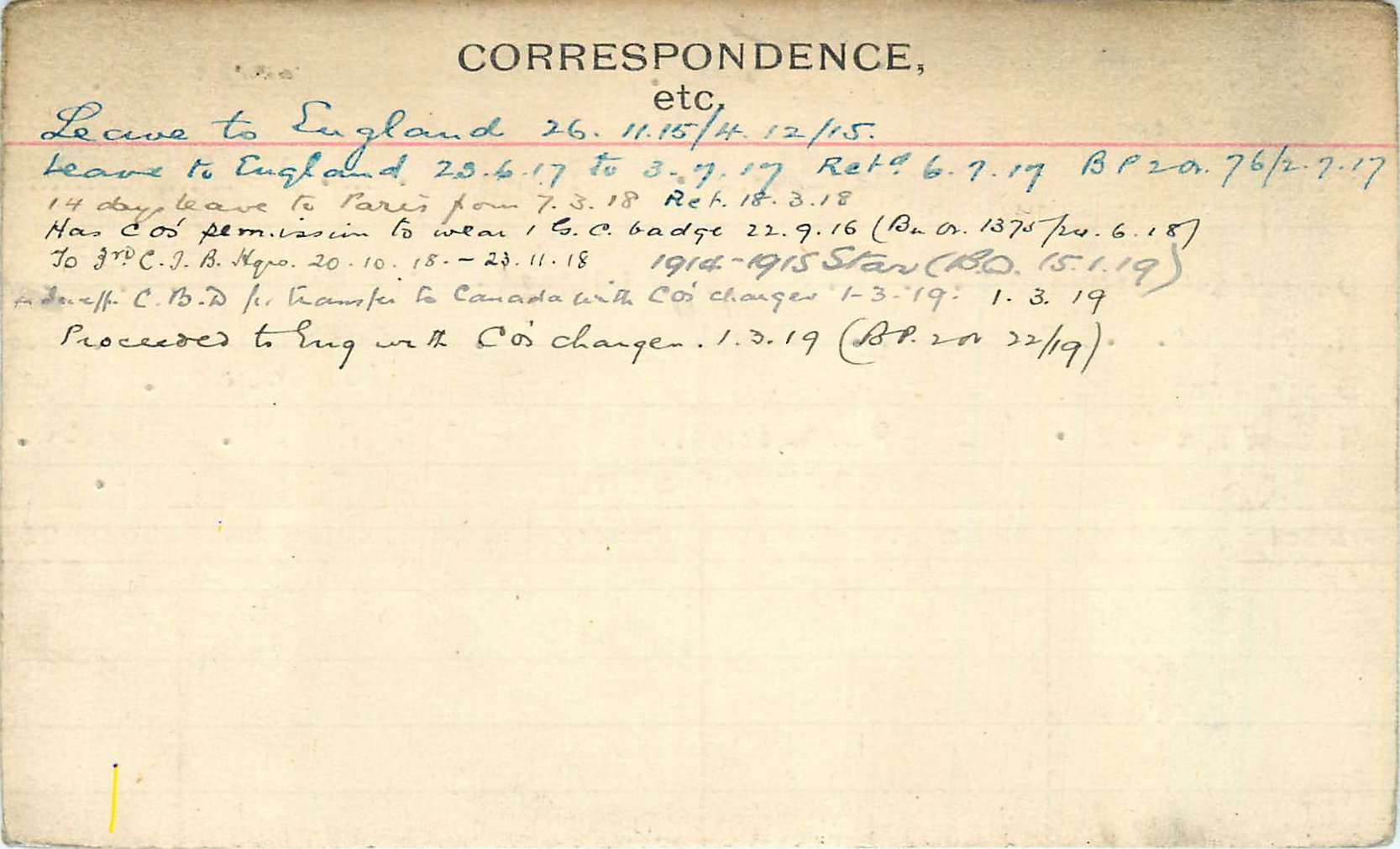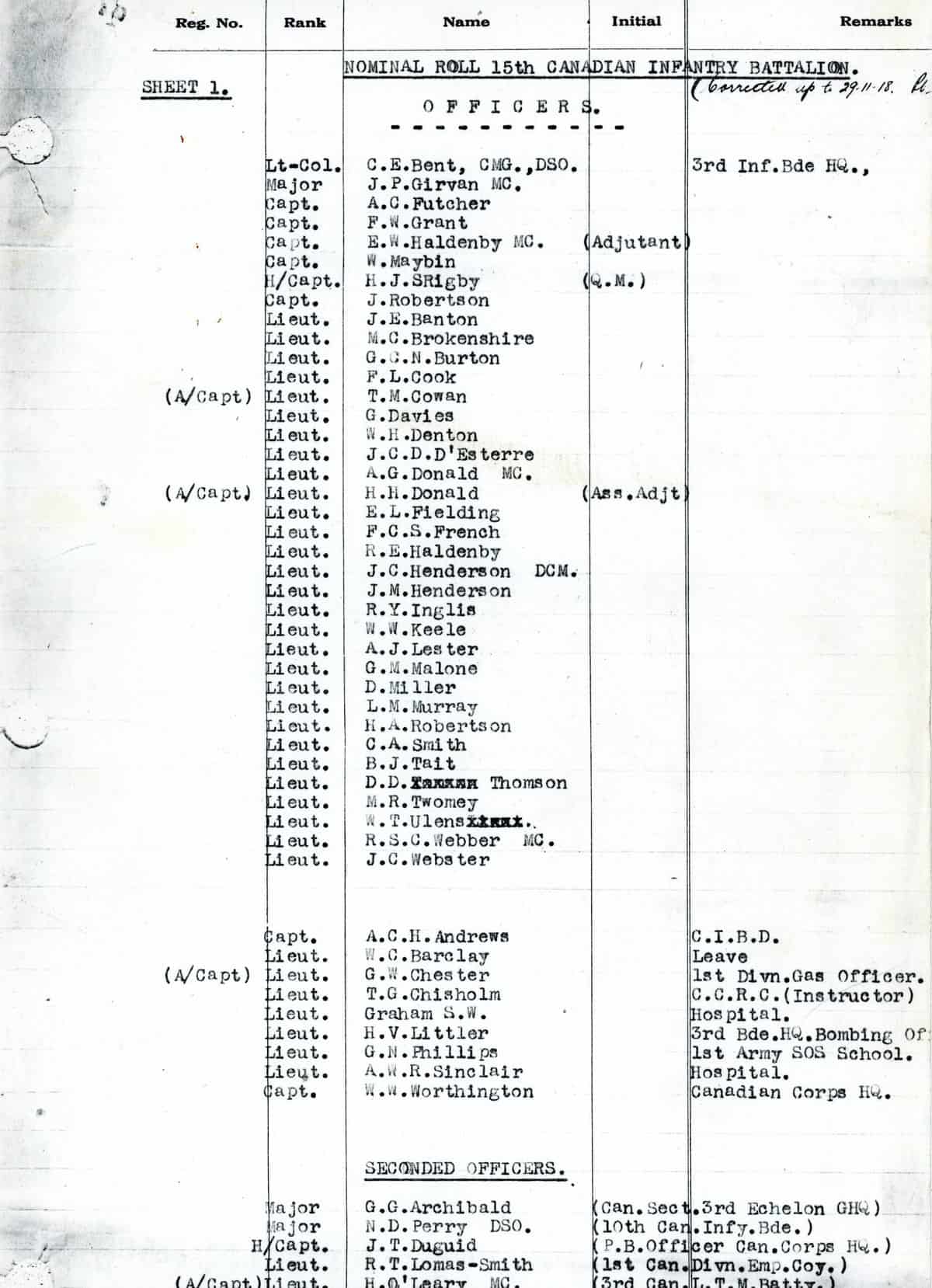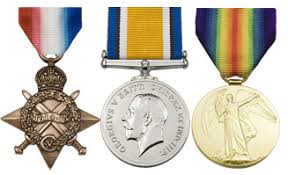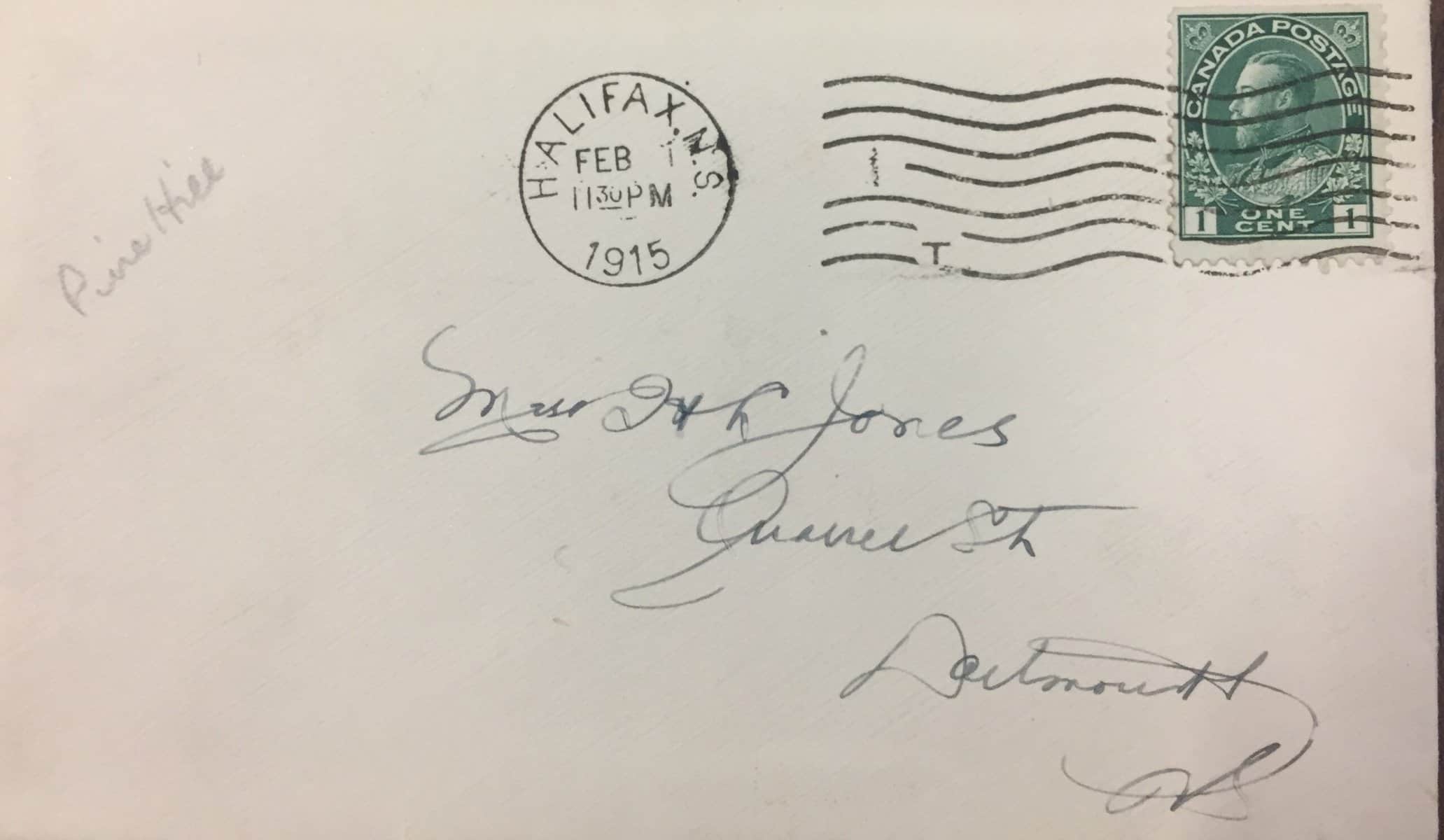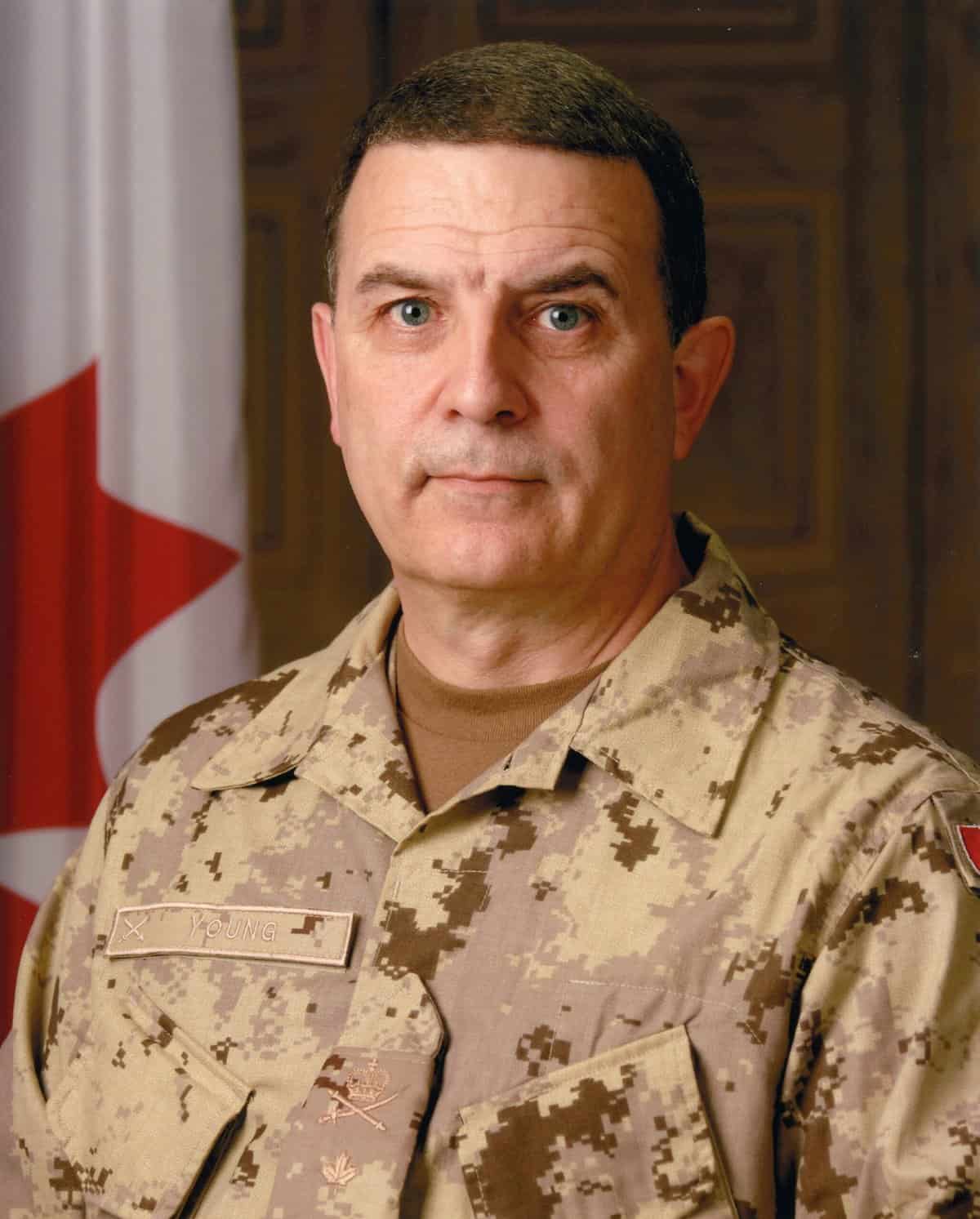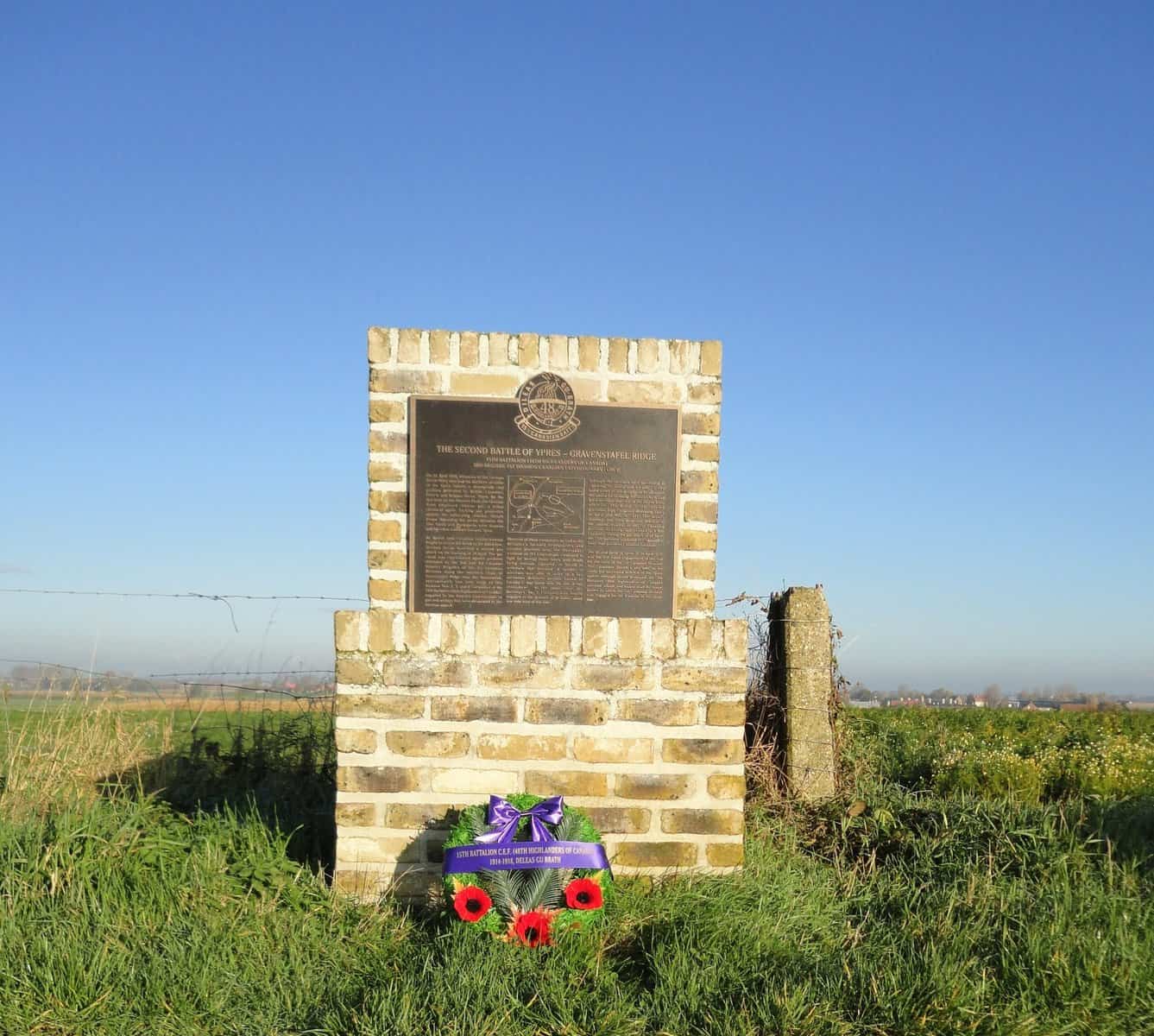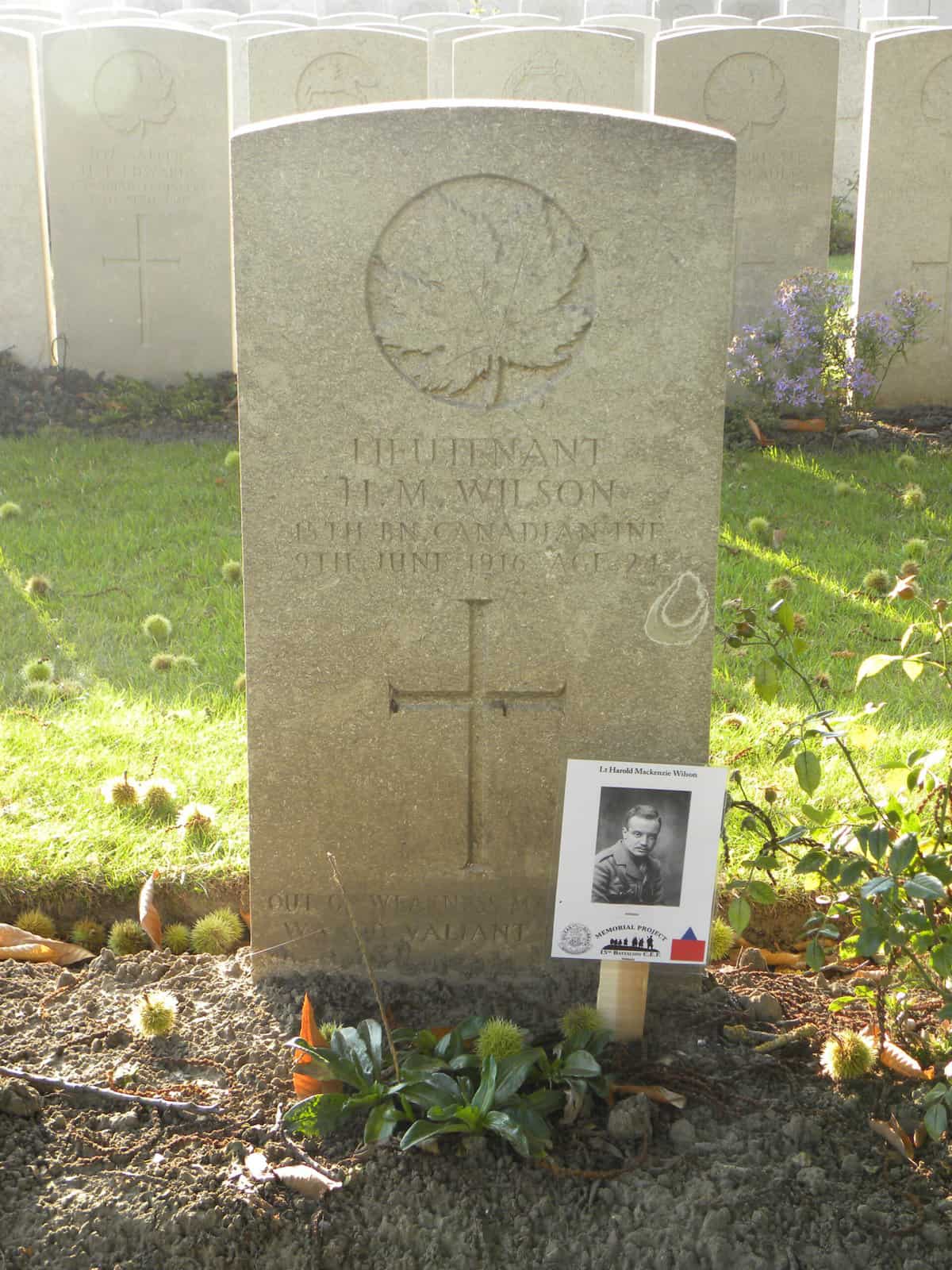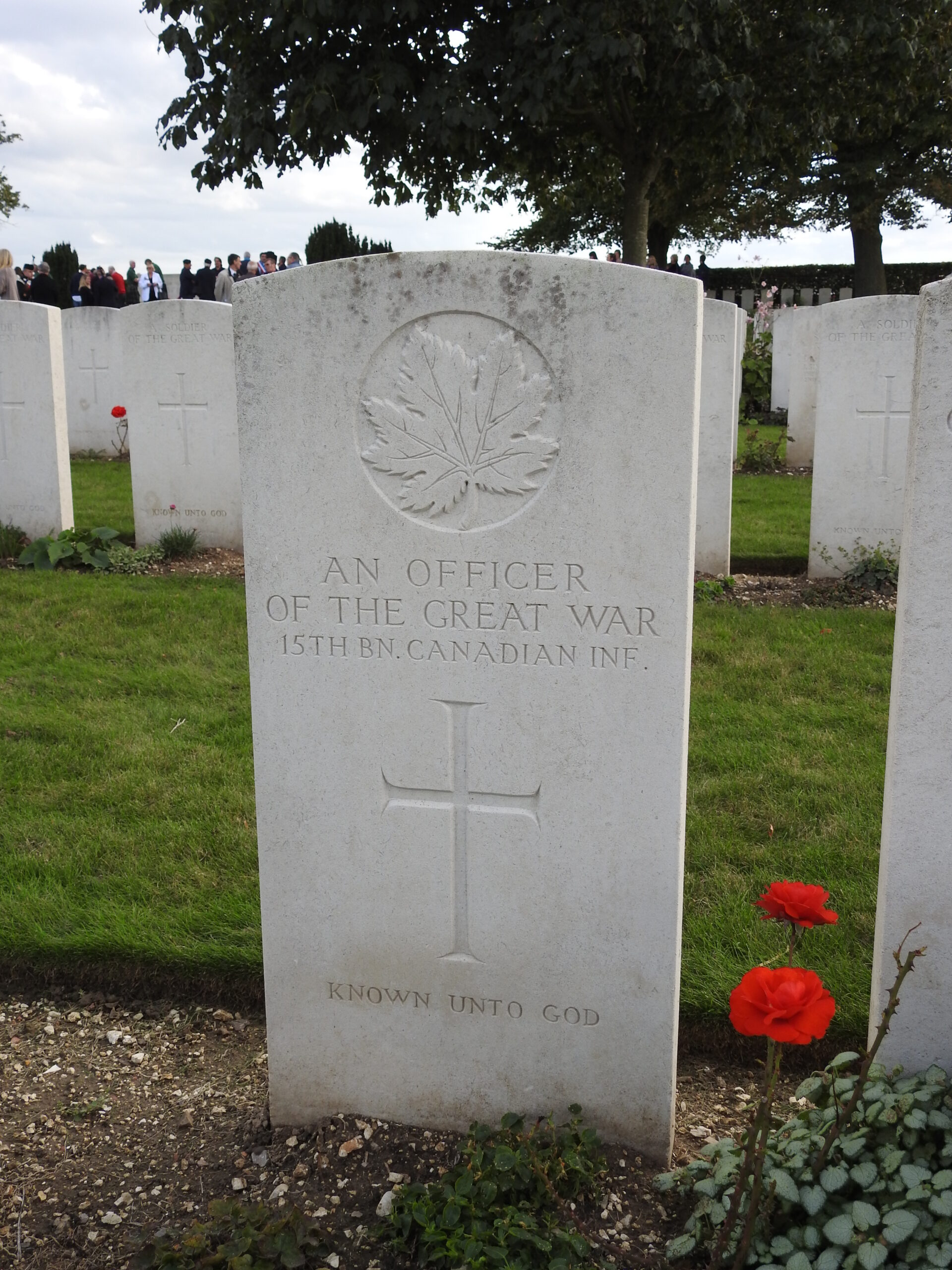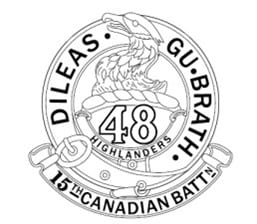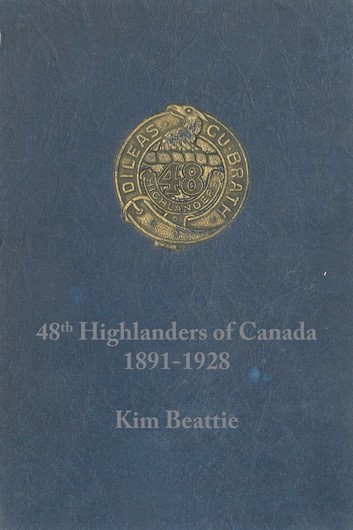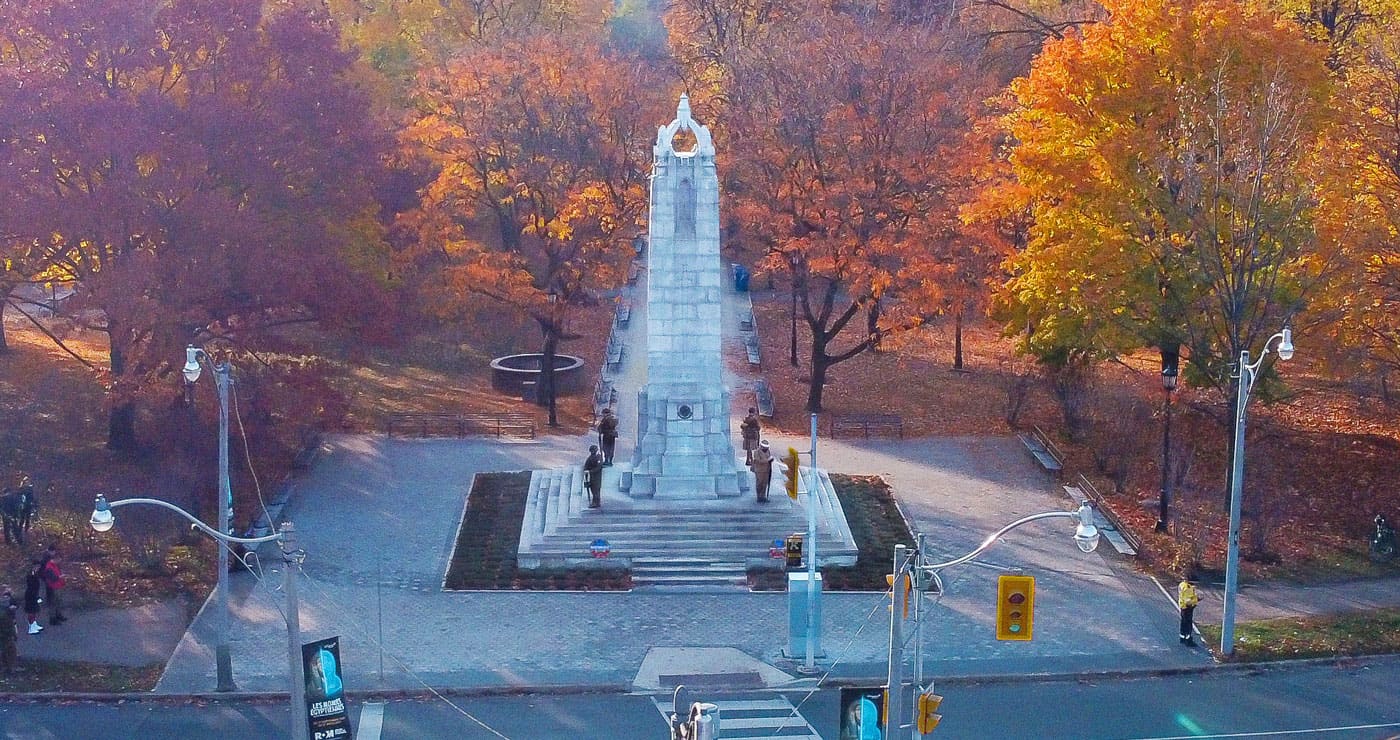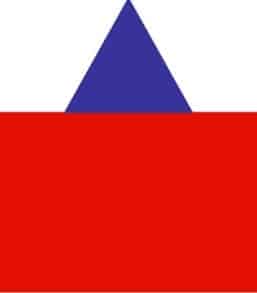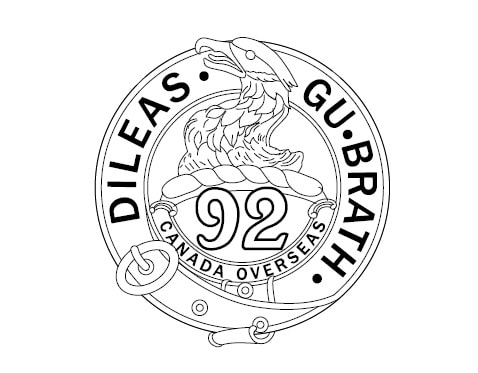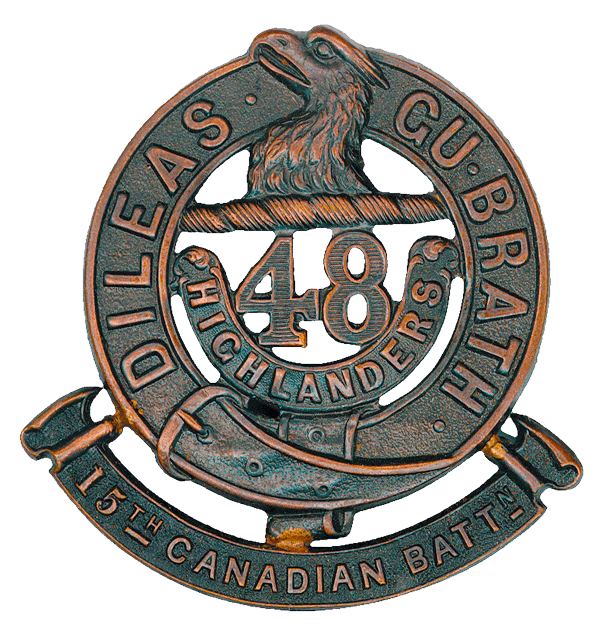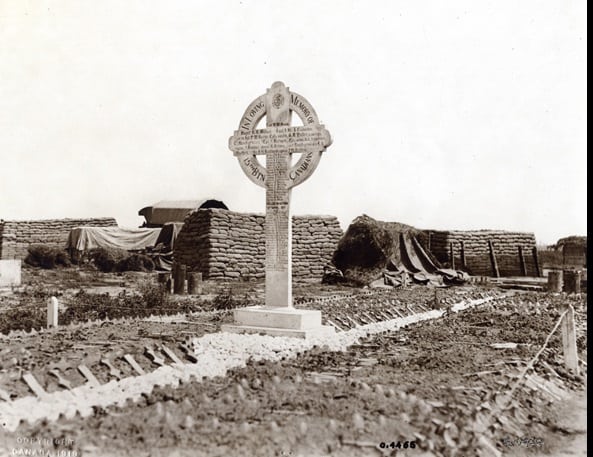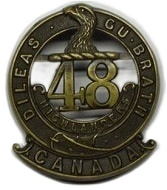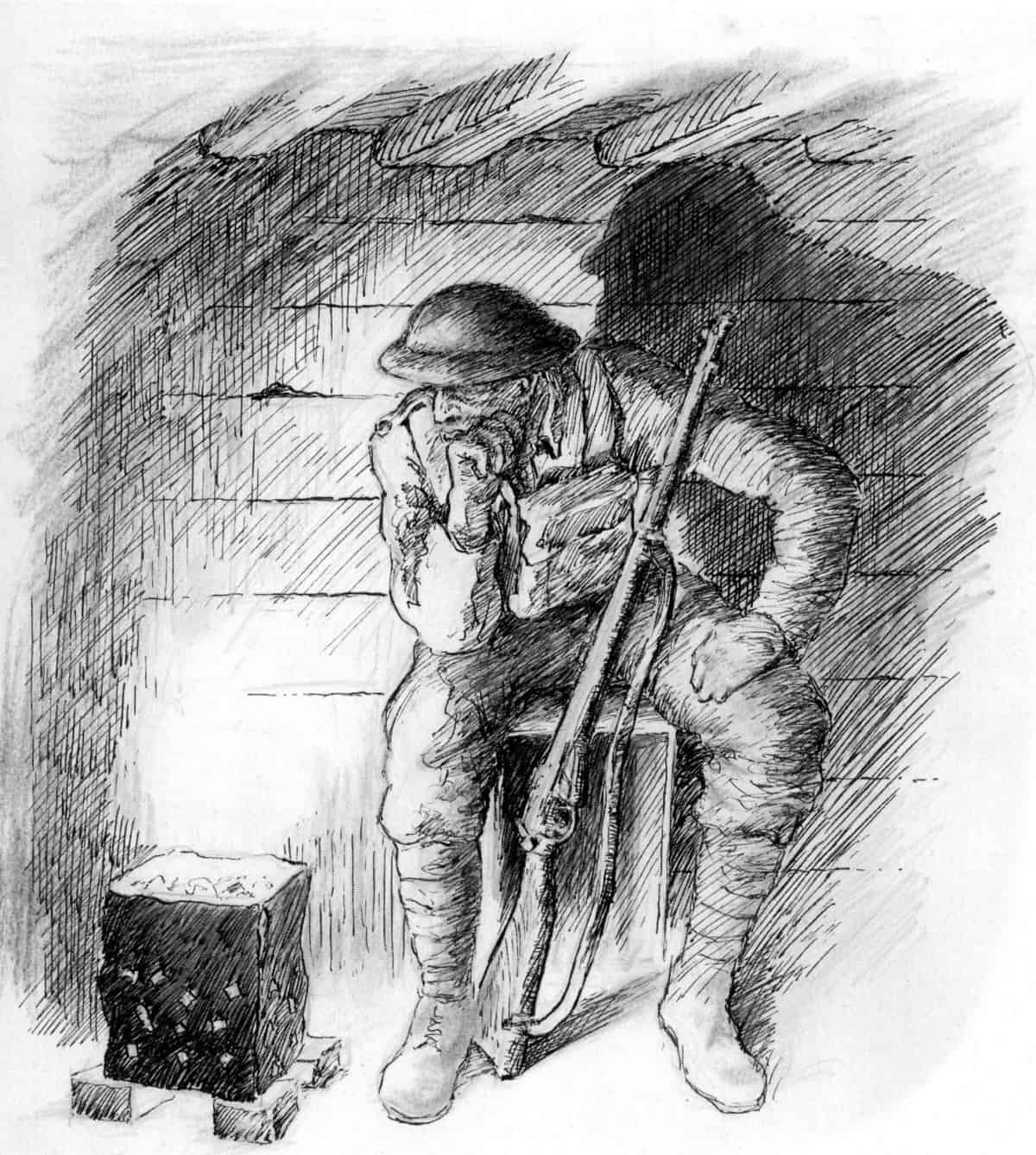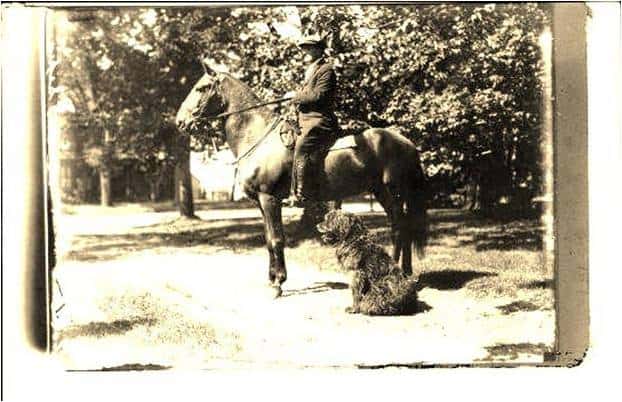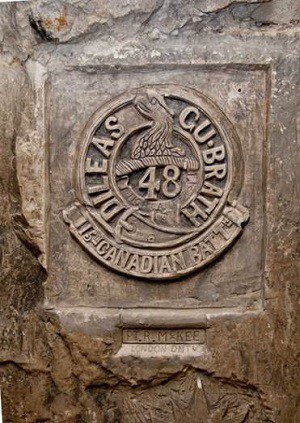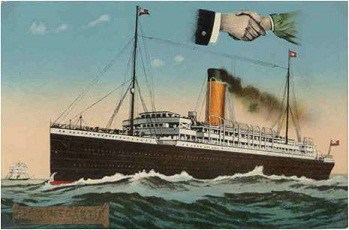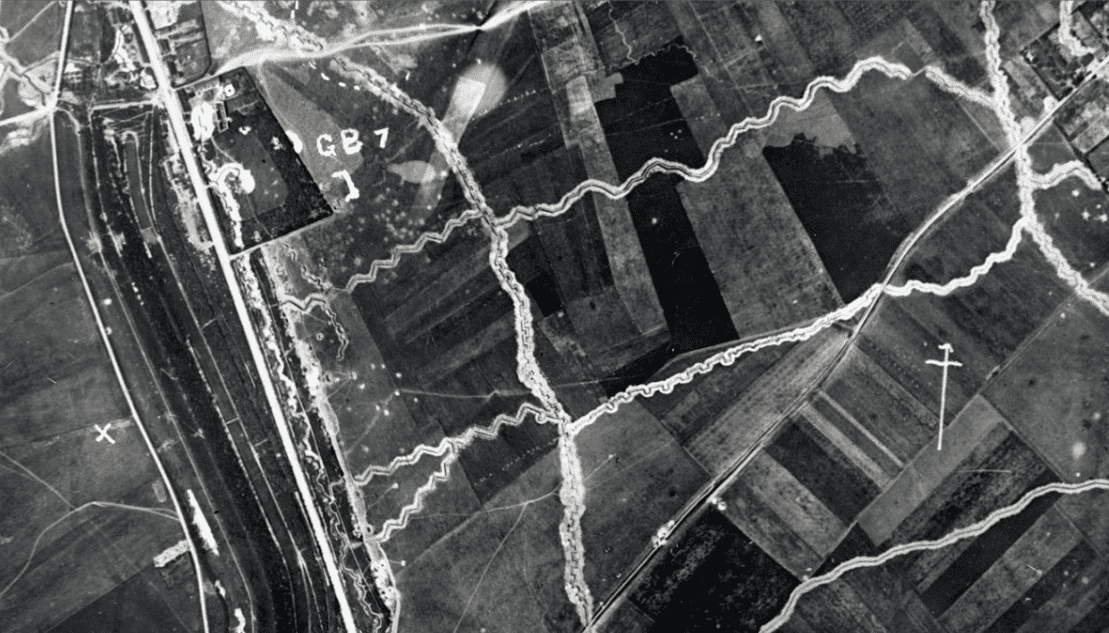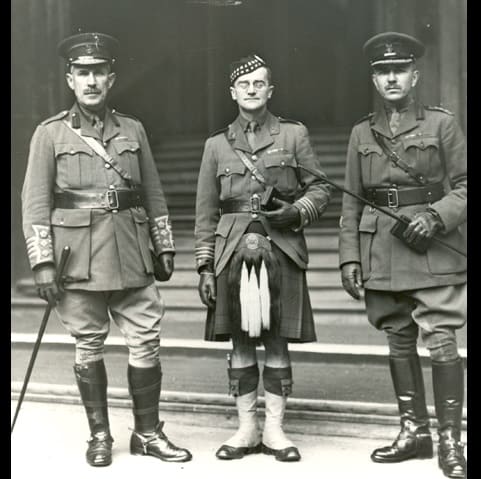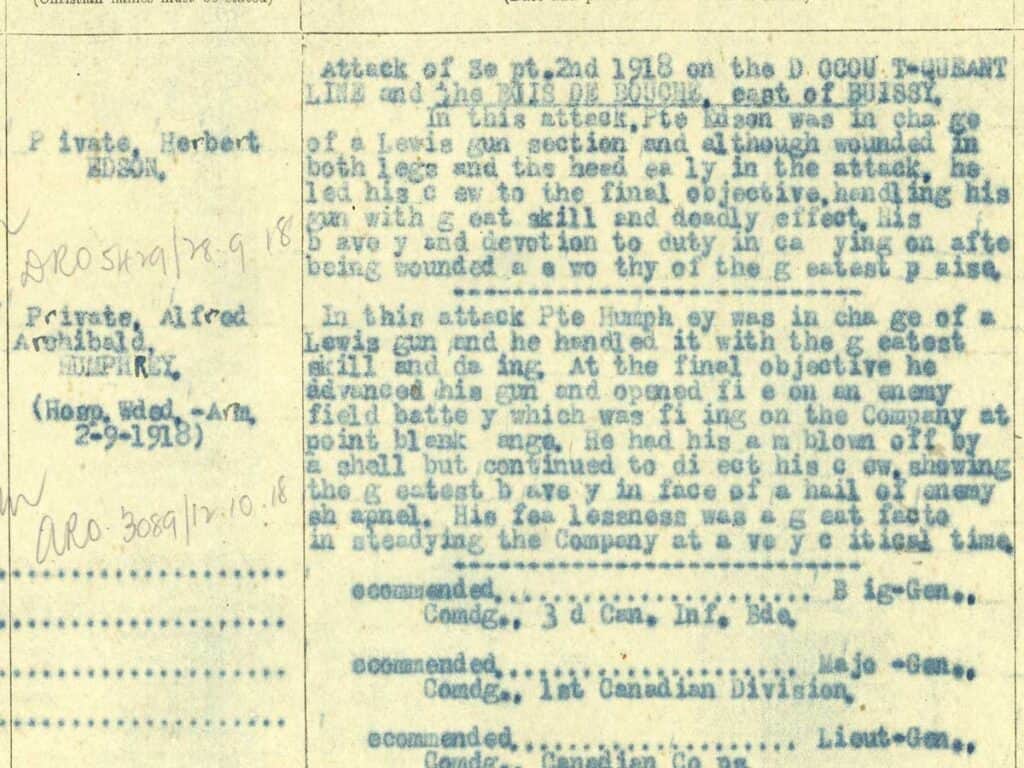Awards for Gallantry
With the exception of the Victoria Cross (VC) that could be awarded to an individual of any rank, decorations for gallantry in action during this period were segregated with separate decorations being awarded to officers and other ranks. At the beginning of the First World War, other than the VC the only other bravery award that could be awarded to an officer was the Distinguished Service Order (DSO) created in 1886. The equivalent for other ranks was the Distinguished Conduct Medal (DCM) created in 1854. Either could be awarded for “gallantry in the field” just below the level required to merit award of the VC. The DSO was normally awarded to majors and above for gallantry and leadership in action or to junior officers (Capt/Lt) for extreme bravery in action. Neither the DSO or the DCM could be awarded posthumously. In 1916 there were concerns that the numbers being awarded were growing to a point where their value might be diminished in the eyes of the soldiers. In March 1914 the Military Cross (MC) was created as a third level award to officers whose bravery in action did not rise to the level that would merit award of the DSO. The first awards were made in early 1915. The first award to a 15th Battalion officer was that to Captain George Alexander which was released in the King’s Birthday Honours list of June 1915. Creation of the MC was followed by the creation of the Military Medal (MM) in March 1916.
The fourth level of award is the Mention-in-Dispatches (MiD) which signifies an individual has been mentioned in the written report of a theatre commander to the War Office. Prior to the First World War it was only a small certificate. In 1914 an oak leaf device was created that could be worn on the applicable campaign medal. The VC and MiD were the only two awards that could be awarded posthumously. Within the 15th Battalion Project archives there are many examples of recommendations for decorations that came back as MiD awarded because the individual had died in the action and could not be thus his actions could only be recommended by an MiD. Throughout the War the policy was that any nomination for a decoration had to be accompanied by a MiD.
For more information on awards to the 48th Highlanders click the button below.
Campaign Medals
Most soldiers of the 15th Battalion received two or three campaign medals. Those who went into action in 1915 were awarded the 1914-15 Star which was awarded to 71,500 Canadians. It was never awarded by itself and was accompanied by the War Medal which required 28 days service unless the soldier was killed in action. The third medal was the Interallied Victory Medal which was adopted by 15 allied nations who individualized their designs but used the rainbow moire ribbon. MiDs awarded during the First World War were worn attached to this medal.
Click on each of the images below to see the original submissions by the 15th battalion for honours and awards

